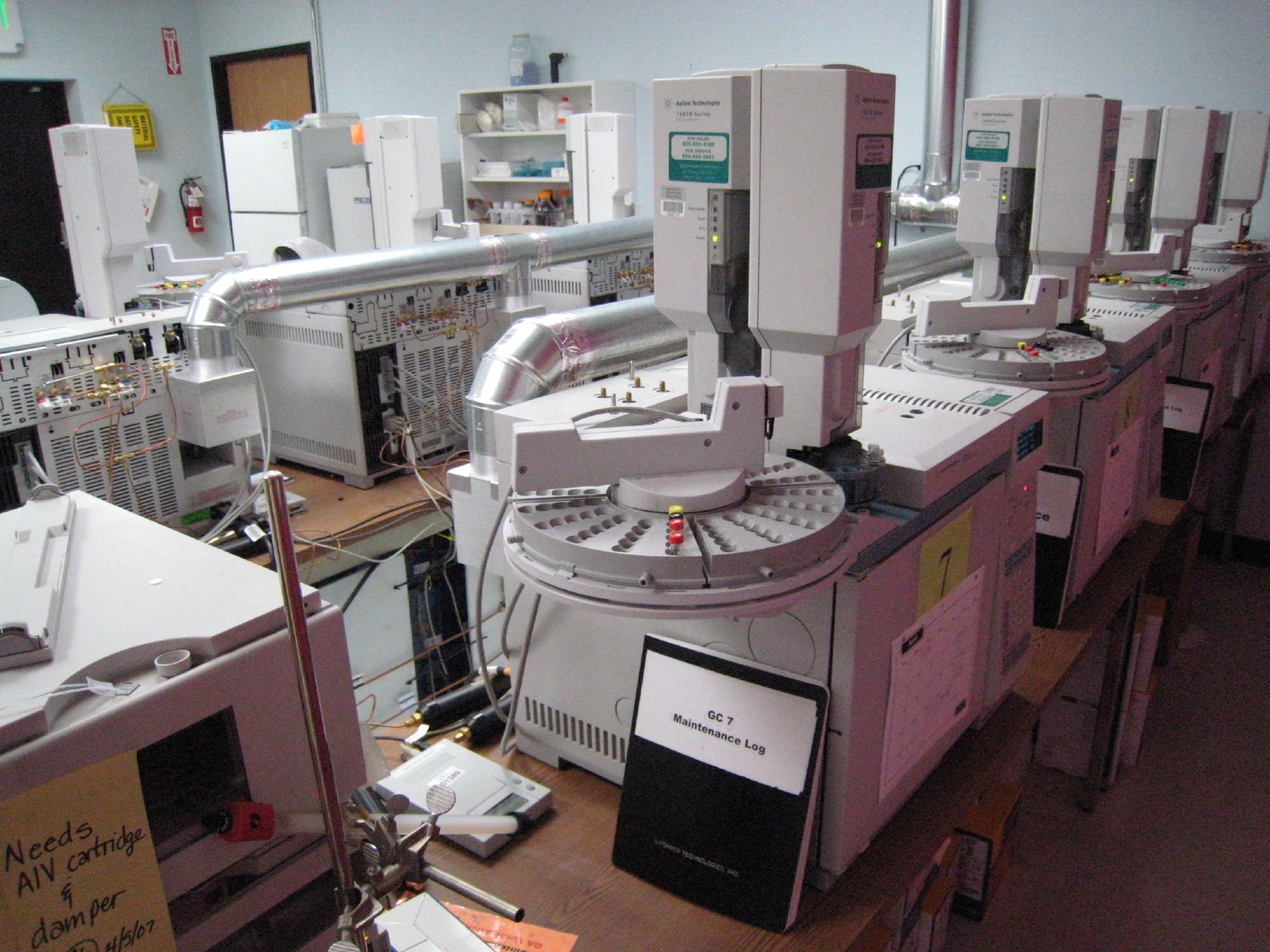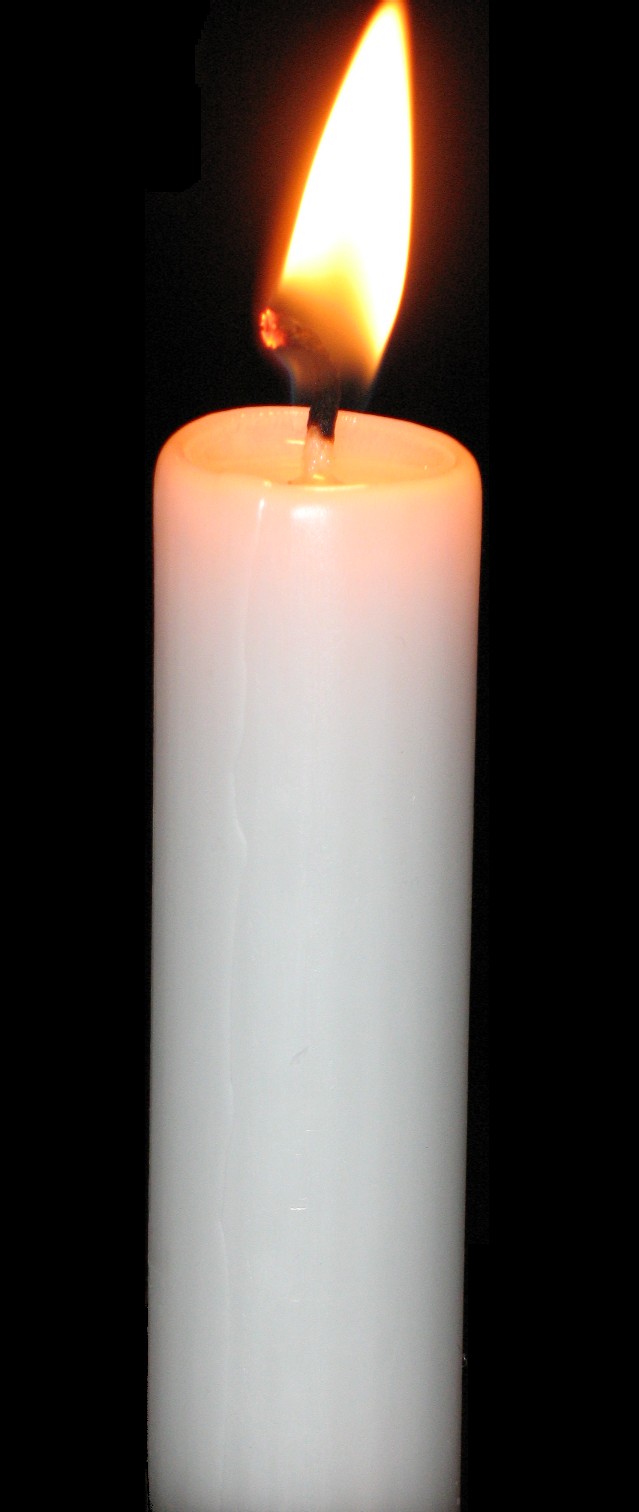|
Svetozar Lj. Jovanović
Svetozar Lj. Jovanović (1895–1951) was a Serbian chemist and assistant professor of chemistry from 1925 to 1941. He specialized in the field of analytical chemistry. Jovanović developed a new electroanalytical method for the quantitative determination of antimony and a method for the separation of copper from zinc by rapid electrolysis. He studied the gravrimetric determination of problems, such as the manufacture of drugs and, in particular, the practical utilization of the country's paraffin shales. He co-authored with Momir Jovanović a book on ''Principles of Qualitative Chemical Analysis'' (Serbian: ''Kvalitativna hemijska aanaliza''). He also wrote an article for a Serbian medical journal titled "Diagnostic evaluation of Vidal's reaction". See also * Vukić Mićović * Djordje K. Stefanović * Pavle Savić * Marko Leko * Aleksandar Zega * Dejan Popović Jekić Dragomir "Dejan" Popović Jekić (Kruševac, Principality of Serbia, 1 September 1881 - Ohrid, Kingdom of Se ... [...More Info...] [...Related Items...] OR: [Wikipedia] [Google] [Baidu] |
Chemist
A chemist (from Greek ''chēm(ía)'' alchemy; replacing ''chymist'' from Medieval Latin ''alchemist'') is a graduated scientist trained in the study of chemistry, or an officially enrolled student in the field. Chemists study the composition of matter and its properties. Chemists carefully describe the properties they study in terms of quantities, with detail on the level of molecules and their component atoms. Chemists carefully measure substance proportions, chemical reaction rates, and other chemical properties. In Commonwealth English, pharmacists are often called chemists. Chemists use their knowledge to learn the composition and properties of unfamiliar substances, as well as to reproduce and synthesize large quantities of useful naturally occurring substances and create new artificial substances and useful processes. Chemists may specialize in any number of Chemistry#Subdisciplines, subdisciplines of chemistry. Materials science, Materials scientists and metallurgists sha ... [...More Info...] [...Related Items...] OR: [Wikipedia] [Google] [Baidu] |
1951 Deaths
Events January * January 4 – Korean War: Third Battle of Seoul – Chinese and North Korean forces capture Seoul for the second time (having lost the Second Battle of Seoul in September 1950). * January 9 – The Government of the United Kingdom announces abandonment of the Tanganyika groundnut scheme for the cultivation of peanuts in the Tanganyika Territory, with the writing off of £36.5M debt. * January 11 – In the U.S., a top secret report is delivered to U.S. President Truman by his National Security Resources Board, urging Truman to expand the Korean War by launching "a global offensive against communism" with sustained bombing of Red China and diplomatic moves to establish "moral justification" for a U.S. nuclear attack on the Soviet Union. The report will not not be declassified until 1978. * January 15 – In a criminal court in West Germany, Ilse Koch, The "Witch of Buchenwald", wife of the commandant of the Buchenwald concentration camp, is sentenced to li ... [...More Info...] [...Related Items...] OR: [Wikipedia] [Google] [Baidu] |
1895 Births
Events January * January 5 – Dreyfus affair: French officer Alfred Dreyfus is stripped of his army rank and sentenced to life imprisonment on Devil's Island (off French Guiana) on what is much later admitted to be a false charge of treason. * January 6 – The Wilcox rebellion, an attempt led by Robert Wilcox to overthrow the Republic of Hawaii and restore the Kingdom of Hawaii, begins with royalist troops landing at Waikiki Beach in O'ahu and clashing with republican defenders. The rebellion ends after three days and the remaining 190 royalists are taken prisoners of war. * January 12 – Britain's National Trust for Places of Historic Interest or Natural Beauty is founded by Octavia Hill, Robert Hunter and Canon Hardwicke Rawnsley. * January 13 – First Italo-Ethiopian War: Battle of Coatit – Italian forces defeat the Ethiopians. * January 15 – A warehouse fire and dynamite explosion kills 57 people, including 13 firefighters in Butt ... [...More Info...] [...Related Items...] OR: [Wikipedia] [Google] [Baidu] |
Dejan Popović Jekić
Dragomir "Dejan" Popović Jekić (Kruševac, Principality of Serbia, 1 September 1881 - Ohrid, Kingdom of Serbia, 15 March 1913), known as "Voivode Dejan" during the struggle for Old Serbia and Macedonia, was a chemist and Serbian Chetnik commander (vojvode). He was one of the earliest volunteers to join the Serbian Chetnik Organization and in the struggle for the liberation of Old Serbia and Macedonia from Ottoman oppression. Biography Dragomir's father was a wealthy businessman. He was educated abroad at the universities in Germany, England, and Switzerland where he earned a degree in chemistry. After graduation, Dragomir returned to Serbia where a teaching post at a university awaited him as well as a job as a director of a match factory. He stayed at these positions for a while. But at the outbreak of hostilities in Kosovo and Macedonia, like many men of his generation, the patriotic enthusiastic about the war effort took hold. He left his teaching post as assistant professor ... [...More Info...] [...Related Items...] OR: [Wikipedia] [Google] [Baidu] |
Aleksandar Zega
Aleksandar Zega (29 May 1860 – 29 March 1928) was a Serbian chemist. He held professional positions in the Government, Municipal and Customs Laboratories, and made a number of applied and theoretical contributions. He dealt with analytical and organic chemistry, specifically the analysis of mineral waters and foodstuffs. He studied and worked in Switzerland, however he wrote and published most of his works during his work and stay in Serbia. He was a contemporary of Milorad Z. Jovičić (1868–1937) and Wladimir Brunetti. Biography Zega was born on 29 May 1860 in Novo Selo to landowners Jelena and Kosta Zega. He finished primary school in his hometown and attended high school in Pančevo. He attended universities in Vienna and Zürich, graduating from the latter in 1879. He was awarded a canton of Zürich scholarship, which enabled him to continue his chemistry studies at the ETHZ and the University of Zurich along with other chemists Viktor Meyer and Georg Lunge. After passing ... [...More Info...] [...Related Items...] OR: [Wikipedia] [Google] [Baidu] |
Marko Leko
Marko T. Leko ( sr-Cyrl, Марко Т. Леко; September 17, 1853 – November 4, 1932) was a Serbian scientist, chemist, professor and president of the Serbian Red Cross. He played a major role in the professionalisation of chemistry in Serbia. Leko was born in Belgrade, Serbia, on September 17, 1853, to a merchant family. He attended and graduated from Polytechnic School in Zurich and obtained his doctoral degree in 1875. For a short period, he was employed in Hoffman's laboratory. Career He has 52 publications mostly in the areas of organic and analytical chemistry. Thanks to work he dedicated in writing his doctoral dissertation and the number of works that followed, he was able to solve one of the most sought problems of the time: does ammonium chloride and its closely related compounds belong to compounds of five valences nitrogen, N H4 Cl, or to compounds such as NH3·HCl. His work in analytical chemistry had two main interests: researching natural resources of Earth ... [...More Info...] [...Related Items...] OR: [Wikipedia] [Google] [Baidu] |
Pavle Savić
Pavle Savić ( sr-cyr, Павле Савић; 10 January 1909 – 30 May 1994) was a Serbian physicist and chemist. In his early years, he worked in Serbia as well as France, and became one of the pioneers in the research of nuclear fission. He was also a sympathiser of Yugoslav communists in the interwar period, and then rose to prominence during World War II in Yugoslavia. He made important contributions to the Partisan resistance to the Axis occupation, became a delegate to AVNOJ, and was also sent on high level missions to the Soviet Union. After the war, he founded the Vinča Nuclear Institute and was a tenured professor at the University of Belgrade as well as a member of numerous learned societies, and a president of the Serbian Academy of Sciences and Arts. Biography Pavle Savić was born to Ana and Petar Savić, as the eldest of five children. His father was a veterinarian, and his mother was the sister of Kosta Stojanović, a one-time professor at the Belgrade ... [...More Info...] [...Related Items...] OR: [Wikipedia] [Google] [Baidu] |
Vukić Mićović
Vukić Mićović (Serbian: Вукић Мићовић; Bare Kraljske, near Andrijevica, Montenegro, 1 January 1896 – Belgrade, Serbia, Yugoslavia, 19 January 1981) was a Serbian chemist, professor and dean of the Faculty of Natural Sciences and Mathematics in Belgrade, rector of the University of Belgrade and academician of SANU. Biography He was born in Kraljske Bare, near Andrijevica, on 1 January 1896, to father Milonja and mother Ružica, nee Novović. He finished primary school in his native village (1903-1907), and three grades of the lower grammar school in Podgorica (1907-1910), where he sat on a bench with Risto Stijović. He continued his education in Belgrade, where he finished the grades from the fourth to the seventh (1910-1914) in the Second Men's Gymnasium. The First World War prevented him from finishing the eighth grade of high school because he joined the military in 1914 as a student sergeant in the Royal Battalion in Montenegro. In June 1916, he was ta ... [...More Info...] [...Related Items...] OR: [Wikipedia] [Google] [Baidu] |
Analytical Chemistry
Analytical skill, Analytical chemistry studies and uses instruments and methods to Separation process, separate, identify, and Quantification (science), quantify matter. In practice, separation, identification or quantification may constitute the entire analysis or be combined with another method. Separation isolates analytes. Qualitative inorganic analysis, Qualitative analysis identifies analytes, while Quantitative analysis (chemistry), quantitative analysis determines the numerical amount or concentration. Analytical chemistry consists of classical, wet chemistry, wet chemical methods and modern analytical techniques. Classical qualitative methods use separations such as Precipitation (chemistry), precipitation, Extraction (chemistry), extraction, and distillation. Identification may be based on differences in color, odor, melting point, boiling point, solubility, radioactivity or reactivity. Classical quantitative analysis uses mass or volume changes to quantify amount. Ins ... [...More Info...] [...Related Items...] OR: [Wikipedia] [Google] [Baidu] |
Paraffin Wax
Paraffin wax (or petroleum wax) is a soft colorless solid derived from petroleum, coal, or oil shale that consists of a mixture of hydrocarbon molecules containing between 20 and 40 carbon atoms. It is solid at room temperature and melting point, begins to melt above approximately , and its boiling point is above . Common applications for paraffin wax include lubrication, electrical insulation, and candles; dyed paraffin wax can be made into crayons. Un-dyed, unscented paraffin candles are odorless and bluish-white. Paraffin wax was first created by Carl Reichenbach#Scientific contributions, Carl Reichenbach in Germany in 1830 and marked a major advancement in candlemaking technology, as it burned more cleanly and reliably than tallow candles and was cheaper to produce. In chemistry, ''paraffin'' is used synonymously with ''alkane'', indicating hydrocarbons with the general formula C''n''H2''n''+2. The name is derived from Latin ''parum'' ("very little") + ''affinis'', meaning ... [...More Info...] [...Related Items...] OR: [Wikipedia] [Google] [Baidu] |




